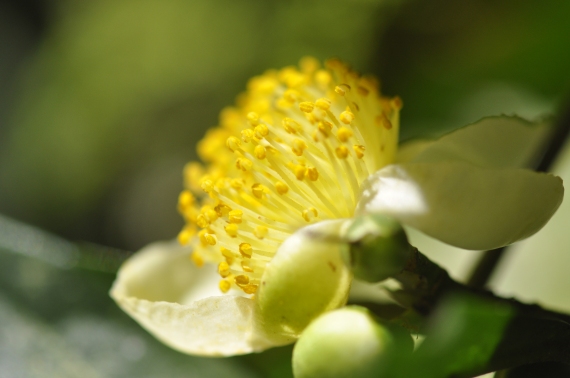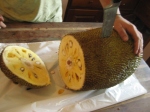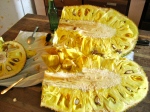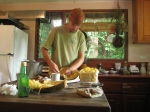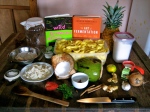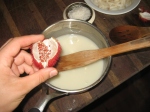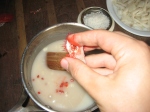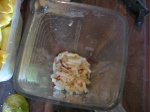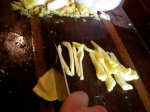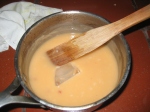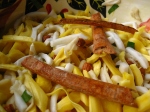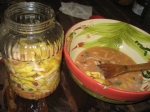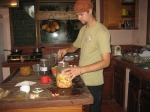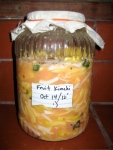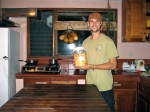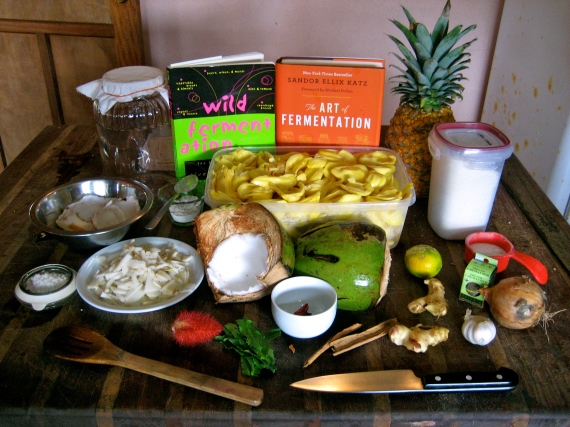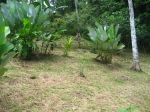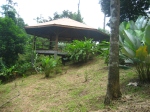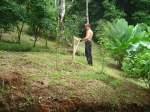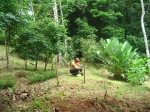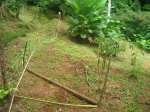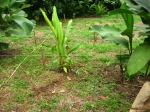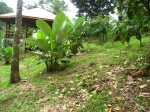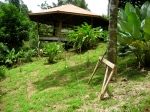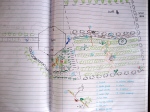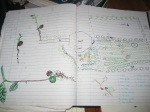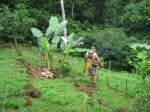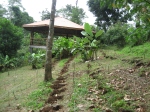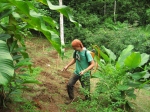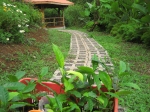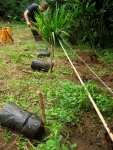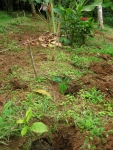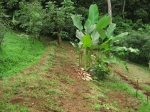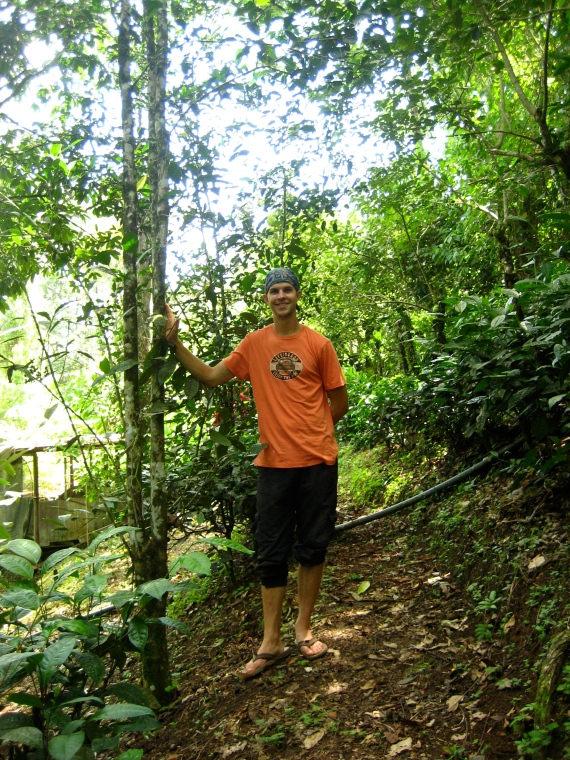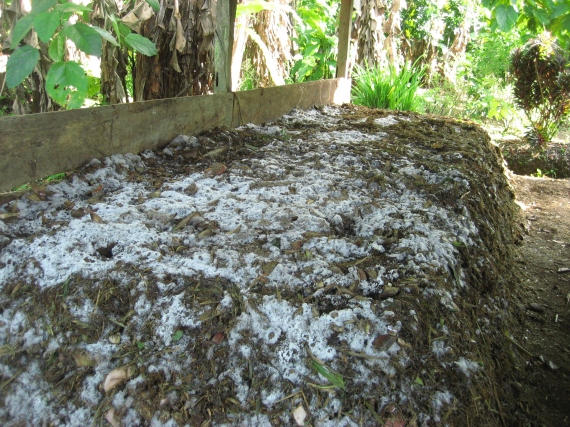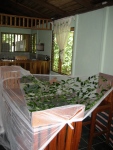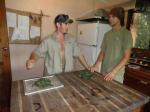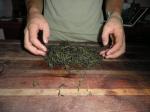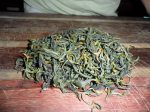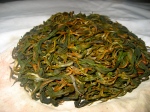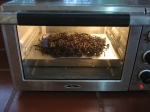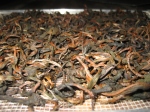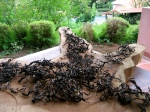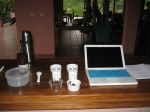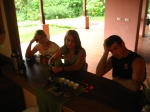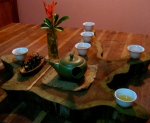Time in Costa Rica strings together a little more seamlessly than its Northern and Southern counterparts; what with their prominent seasonal changes and fluctuations in day-length. For example, I recently finished my 3-month internship at Finca Luna Nueva in Costa Rica and instead of feeling like 90 days, chronologically played out, it felt more like one drawn out (and utterly enjoyable) day with some sunshine here, some rain there, 12 hours of day, and 12 hours of night. Sure, both the 6+ earthquakes and one violent tropical storm act as distinguishing points in time, but even their beginnings and endings fade into the larger scheme of things. In that sense, it’s always a good time for reflection to consider what we’ve accomplished and where we’ve changed, so that it too doesn’t blend into the illusion of time here. Perhaps a cob oven was built, a certification pursued, a tea garden planted, or labourous farm work accomplished – and maybe some serious fun was had throughout, not to mention all of the friends made and lives changed? That kind of stuff happens in an environment like the one at Finca Luna Nueva.
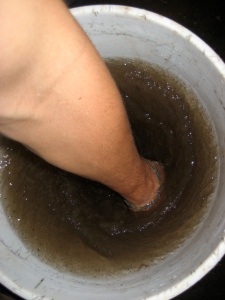
I would also like to gently consider the lunar significance behind the name: Finca Luna Nueva or New Moon Farm. What causes the New Moon anyways and what is to be found within this lunar event? Is it not the time when the moon roughly aligns between the Earth and Sun, basking in the light, not to be seen, but there nonetheless? And is this not a beautiful reminder for us to embrace the light, align with Nature, and see things…aNew? What, if anything, does this have to do with Finca Luna Nueva anyways? It is after all, a Demeter certified Biodynamic farm and Biodynamics not only offers tools for us to heal Mother Gaia, like lunar gardening, but insightful tools to heal ourselves. It is a recipe for positive change. New Moon Farm in this sense can been seen as a place of healing, and lest we forget the Sacred Seed Sanctuary and slow food movement so central to the earnest and genuine character of this farm.
So many things to consider within this blurry frame of time…
Another unique characteristic of this farm is its role as a jungle window. There’s good reason that plants and animals flourish in this farm and that’s because instead of closing itself off from the surrounding jungle, Finca Luna Nueva has encouraged indigenous growth and safe passage for birds, butterflies, monkeys, reptiles, arachnids, and even bacteria and fungi. It’s a like a small window in the jungle, lightly manicured, but raw enough to keep things real! There really is a special energy about this place that encourages expansion and connection.

Anyways, these are just some of my passing thoughts as I move on from this adventure to the next one, which has me back in Taiwan at the Tea Sage Hut. It really was a blessing of an opportunity to work in such an environment as the one embodied at Finca Luna Nueva. In particular, I was able to embark down the very uncharted path of tea and biodynamics in Central America, a path I pursued with rapt enthusiasm. Whether writing poetry on the subject, drawing pictures, pruning, weeding, planting, taking notes, making observations, or doing computer research, I was having the time of my life. All the while becoming more intimate with the plant I’ve so dearly come to love, Camellia Sinensis. As a result, there is a new place for Tea at FLN, possibly even a new tradition, and I couldn’t be happier.
Thank You Finca Luna Nueva and everyone involved! That was a wild and spectacular 3 months.
Pura Vida!
TLC


